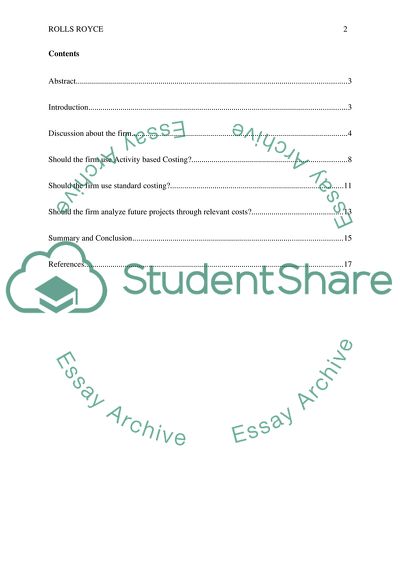Cite this document
(Rolls Royce Research Paper Example | Topics and Well Written Essays - 3500 words, n.d.)
Rolls Royce Research Paper Example | Topics and Well Written Essays - 3500 words. https://studentshare.org/finance-accounting/1850774-rolls-royce
Rolls Royce Research Paper Example | Topics and Well Written Essays - 3500 words. https://studentshare.org/finance-accounting/1850774-rolls-royce
(Rolls Royce Research Paper Example | Topics and Well Written Essays - 3500 Words)
Rolls Royce Research Paper Example | Topics and Well Written Essays - 3500 Words. https://studentshare.org/finance-accounting/1850774-rolls-royce.
Rolls Royce Research Paper Example | Topics and Well Written Essays - 3500 Words. https://studentshare.org/finance-accounting/1850774-rolls-royce.
“Rolls Royce Research Paper Example | Topics and Well Written Essays - 3500 Words”. https://studentshare.org/finance-accounting/1850774-rolls-royce.


